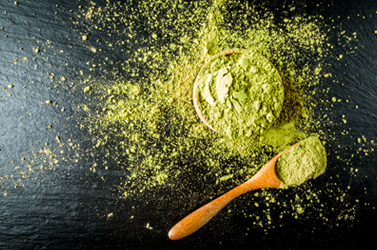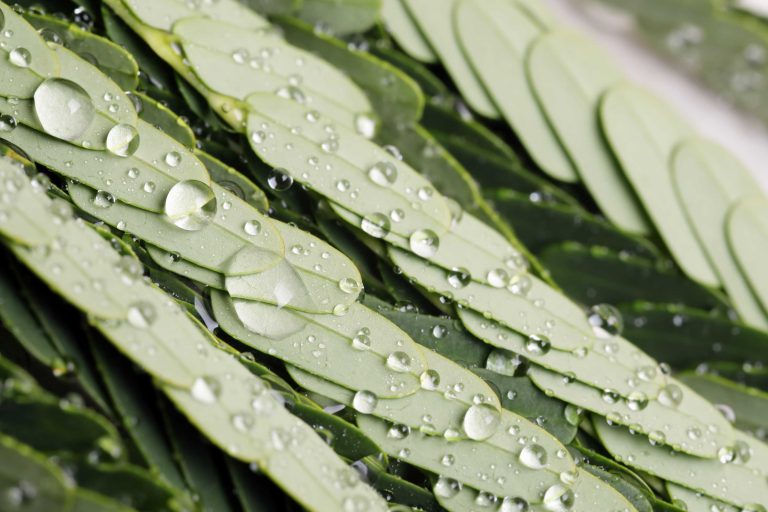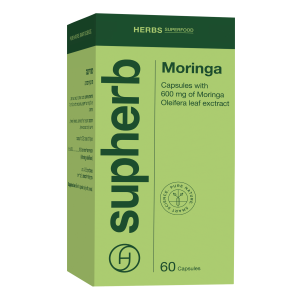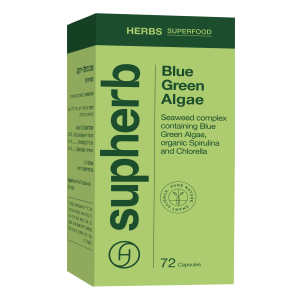- Home
- Super foods
- Blue Green Algae, Spirulina and Chlorella: The Most Surprising Superfoods!
Blue Green Algae, Spirulina and Chlorella: The Most Surprising Superfoods!
- Blue green algae rich in a blue pigment called phycocyanin, acting as a powerful antioxidant and has various health benefits attributed to it.
- Spirulina is made out of small coil-like cells bound together in a spiral, hence its name; it’s a rich nutritional source and a superfood.
- Chlorella is a single cell alga that’s the riches source of chlorophyll on earth.

They’ve been here before us and they’re part of the most important system for sustaining life on earth. Despite being at the bottom of the food chain, they allow us to exist, produce a large part of our oxygen and turn out to be a quality and whole food, and earned the coveted title of superfoods for a reason.
The foods nicknamed “Natural multivitamins”
Fresh water algae and “Cyanophyta” are a whole, natural and high-quality source of nutrition. Their nutritional compound is dependent on where they grow: water temperature, water compound and depth as well as exposure to sun. These all effect the difference in protein, fats and pigment compound of the algae. They provide a wide range essential nutritional components and antioxidants, and another thing they all have in common is the ability to bind with heavy metals, which is why it’s crucial to make sure they grew in clear and pure environments, making sure they’re clear of infections and metals. Blue green algae, spirulina and chlorella are the superfoods you should get to know better.
Blue green algae
Klamath Lake is a pure ecological lake where blue green algae used to grow naturally and wild for many years. The lake, at the south of Orgon State, USA, is among the few alkaline lakes on earth. This lake contains a high concentration of minerals thanks to the gathering of volcanic ash in it for thousands of years. The lake gets water from 17 mountainous rivers and geothermic fountains and is considered the richest source in the world for alkali (basic) matter. During the winter, the blue green algae gather the available components while laying dormant at 2.4 meters under the frozen surface, and during summer it thrives in the sunlight and is harvested.
Even though it’s regarded as an alga, it’s actually a Cyanophyta, or scientifically known as cyanobacteria. Spirulina is also part of that family, and they resemble algae in many ways.
The blue green algae is one of the most concentrated foods in terms of nutritional values compared to its size, which is why its considered a superfood. It contains “whole protein”, meaning it has all the essential amino acids. In addition, it’s rich on pigments used as powerful antioxidants. The blue pigment is called phycocyanin and the green one is called chlorophyl, the same pigment found in plants and is used for photosynthesis. In addition, it’s rich in vitamins and minerals. The wealth of its nutritional components increases energy, which is why it’s used in fatigue and weakness situations, for general strengthening, both for kids and adults.
Spirulina
Spirulina is also a Cyanophyta algae, made out of little coils bound together in a spiral, hence its name, spirulina. The first ones to identify spirulina’s potential were the Azteks in Mexico, who made it part of their diet as early as the 15th century. It became popular following NASA’s use of a spirulina supplement for astronauts and was FDA approved as safe to use.
Spirulina has a high nutritional value, rich on protein, containing about 60% whole and quality protein, including the branched-chain amino acid (BCAA). In addition, it contains a multitude of vitamins and minerals, such as vitamin E and iron, along with a considerable amount of various antioxidants, such as beta carotene, chlorophyl and phycocyanin, the pigment that gives it its blue color.
The health benefits attributed to spirulina are versified and derive from its unique compound and nutritional wealth, relatively concentrated for its size, making it s a superfood. Health enthusiasts around the world regard it as a natural multivitamin and take it as part of their daily diet, as well as athletes, who discovered it a long time ago.
Research found polysaccharide in spirulina, which probably positively effects the immune system. According to trails testing its effect, the same component was found as contributing to the body’s ability to fend off viruses and might help regulate allergic reactions to allergic runny nose, for instance.
Chlorella
Chlorella is a single cell alga. The name come from the Greek word ‘chloros’, which means ‘green’. And indeed, chlorella is the richest source of chlorophyl on earth.
At the beginning of the 1950s, chlorella was viewed as a trustworthy source of food that might help solve the world hunger crisis at that time, due to the nutritional wealth it offers compared to its quantity.
The singularity of the chlorella has t do with the high concentration of chlorophyl, the same green pigment found in plants having many therapeutic qualities attributed to it in traditional popular medicine, such as cleansing the body from toxins, due to its ability to absorb metals; diffusing bodily odors and even helping the body while fatigued. The chlorella algae contain almost 50% protein, vitamins, minerals and nutritional fibers.
Summary
Superfoods are an interesting and unique group of foods that offer a high nutritional abundance compared to their quantity. Despite spirulina, blue green algae and chlorella being used in supplements, they are concentrated foods that might benefit your health as a nutritional supplement. Their advantage as a supplement is having the ability to confirm they’ve grown in adequate conditions and in a controlled and clean environment.










